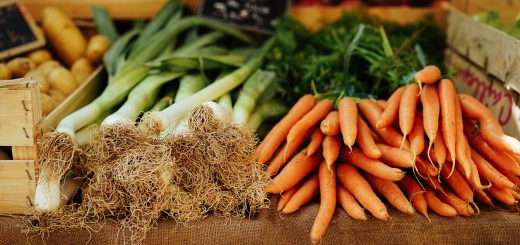Which Agricultural Traceability Software
The market for agricultural traceability software is growing, with more producers than ever looking for ways to improve the efficiency of their operations.
Many options exist, from traditional enterprise software that’s installed on-site to cloud-based systems that run on mobile devices and anywhere else users have an internet connection.
One approach that has emerged as a viable option combines the best elements of both types: cloud-based software that integrates with existing on-site systems.
This hybrid approach allows users to take advantage of the latest technology while still relying on the tools they’re familiar with.
The agricultural industry uses traceability software to track produce from field to table. It allows farmers, distributors, and retailers to track every step of the process, which helps to ensure that no unwanted chemicals, allergens, or other harmful substances enter the food supply.
Traceability also makes it easier to locate products for recalls and proves where supplies came from for regulatory compliance. Here are some traceability softwares to use;
Traceability information systems
Traceability information systems record information about each item moving through the supply chain.
This includes its origin, processing, and where it ended up. The information should be accurate and easy to access to make quick corrections to prevent problems before reaching consumers.
Track and trace software
Track and trace software, also known as serialization software, provides details of a product’s movement from its point of manufacture to its distribution to either a wholesaler or retail outlet.
It can also be used for reverse logistics, tracing products back from customers if necessary. It will provide details of a product’s movement throughout its life cycle in many cases.
Product tracking software
Product tracking software provides the ability to monitor pre-harvest and post-harvest operations within your food system.
The software allows you to create lot numbers, assign that lot number to a specific set of raw materials, and then use that lot number to produce finished goods.
This process allows you to track your product from farm to fork and recall any affected product in the event of a food safety incident or quality control issue.
Traceability information systems (TIS)
TIS provides a digital platform for users to gather, record, and store data at all stages of the production process.
Farmers can use TISs to manage the daily operations of their farms while simultaneously recording important data such as material inventories, work logs, chemical applications, and treatment details.
The primary benefit of this is that they provide a secure digital logbook for farmers to document every step of their production process.
This allows them to easily trace products back through their supply chain if there is any concern about contamination or disease outbreaks.
Another benefit is that they help improve food safety by ensuring farmers adhere to specific protocols and standards when handling their produce.
In the end, it’s important to find a traceability in agriculture solution that meets your needs. If you’re an organic farm, a customized platform might make the most sense.
If you have a large operation and need full transparency with your suppliers and customers, a cloud based solution could be an ideal choice.
These are just some of the considerations you’ll want to make, but no matter which solution you choose, they each offer better traceability for your business.













